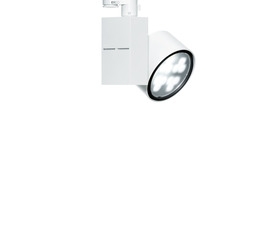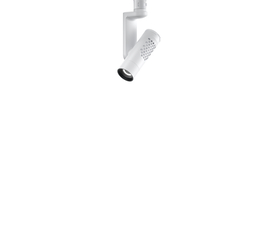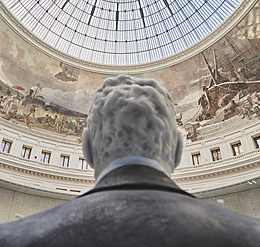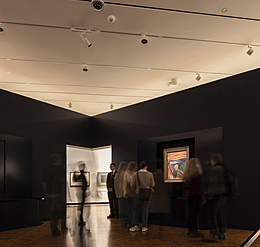A contemporary museum of Roman antiquities in Narbonne, southern France, Narbo Via is a new landmark at the entrance to the city. The museum is designed by Foster + Partners, the lighting design is created by George Sexton Associates and implemented with ERCO luminaires. Narbo Via embodies sustainable principles and pioneers an innovative approach to museographic design and visitor experience.
Narbo Via, on the Canal de la Robine, is both museum and archaeological research Centre, and includes galleries, multimedia education Centre and auditorium, as well as research and restoration facilities. The building's walls are thermally insulated, formed by tamping down layers of colored concrete, evoking rock stratifications and Roman concrete, and referencing the archaeology. Sustainability, a paramount consideration for the museum, was key to Foster's design concept and to the lighting strategy.
















